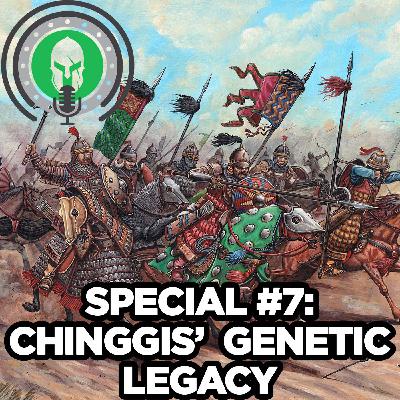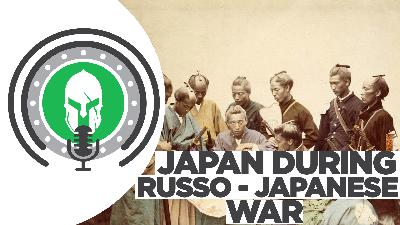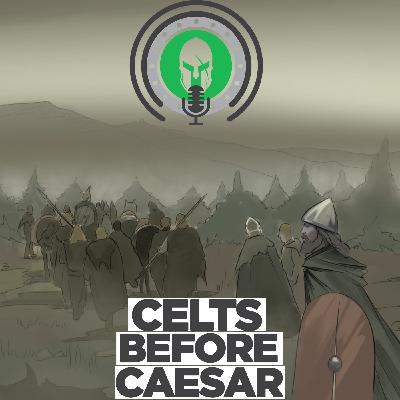History of the Mongols SPECIAL: Religious Tolerance
Description
One of the most enduring images of the Mongolian Empire is that it was a model of religious tolerance, one where each of the Khan’s subjects were free to worship as they pleased. This is not a new belief; in the 18th century, Edward Gibbon presented Chinggis Khan as a forerunner of the enlightenment, and for modern audiences the notion was repopularized with Jack Weatherford’s book Genghis Khan and the Making of the Modern World. Some use the notion to counter the common presentations of Mongol brutality, usually accompanying blanket terms that all religious clergy were exempted from taxation, labour and were respected- or go as far as to present the Mongols as the inspiration for modern liberal religious toleration. While there is an element of truth to be had here, as with so much relating to the Mongols, describing the Chinggisid empire as a state of religious tolerance where all religions east and west lived in harmony fails to capture the reality of the period.
Even before the founding of the empire, Chinggis Khan interacted with a variety of religions. During his war to unify Mongolia, Chinggis Khan was supported by men of various religious backgrounds: Mongolian shamanist-animists, Nestorian Christians, Buddhists and Muslims, one of whom, Jafar Khoja, was supposedly a descendant of the Prophet Muhammad, and stood with him at the muddy waters of Lake Baljuna during one of his lowest moments. The most prominent tribes in the Mongolian steppe in the 12th century were Nestorian Christians such as the Kereyid and Naiman, and on the declaration of the Mongol Empire in 1206 Chinggis Khan’s army and administration were quite mixed. Chinggis Khan himself was an animist: in Mongolian belief, all things in the world were inhabited by spirits which had to be consulted and placated. It was the job of shamans to intercede with these spirits on the Mongols’ behalf. Generally, shamanism is not an exclusive religion; one can consult a shaman and still practice other faiths. The shaman was not like a Christian priest or Islamic imam, but a professional one could consult with regardless of other religious affiliation. The persuasion and power of religion in the Mongol steppe came from the charisma of specific holy men -such as shamans- and their power to convene with spirits and Heaven on the Khan’s behalf in order to secure his victory.
This seems to have been the guiding principle for how Chinggis Khan, and most of his successors, approached religion. Some Mongols viewed the major religions they encountered -Daoism, Buddhism, Christianity and Islam- as all praying to the same God via different methods. This was more or less the statement that in the 1250s, Chinggis’ grandson Mongke Khaan provided to the Franciscan friar William of Rubruck during an interview, stating that “We Mongols believe that there is only one God through whom we have life and through whom we die, and towards him we direct our hearts [...] But just as God has given the hand several fingers, so he has given mankind several paths.”
Usually for the Khans, it did not matter who was right, as basically all of the major religions were. What mattered was that these religions should pray to God on behalf of the Chinggisids to ensure divine favour for their rule. Heaven’s will was manifested through victories and rulership, while it’s displeasure manifested in defeats and anarchy. Much like the concept of the Chinese Mandate of Heaven, the right to rule provided by heaven could be rescinded, and thus the Mongols hoped to continually appease Heaven.
But the Mongols’ views on religion were not static and took years to develop into their political theology- and nor were they inherently tolerant, and favours were allotted more on a personal basis. For example, in 1214 Chinggis Khan, or one of his sons, had an encounter with a Buddhist monk named Haiyun. Haiyun, with his head shaved bare in accordance with his role as a monk, was told by the Khan to grow his hair out and braid it in Mongolian fashion- for at that time, the Mongols were attempting to order the general population of north China to do so as a sign of their political subordination. Religions in China dictated how one should maintain their hair; Buddhist monks had to shave their heads, Daoist monks could keep their hair long, while the general Chinese population, on Confucian teaching, could not cut their hair in adulthood, as it was a gift from the parents, and thus was kept in topknots. Demanding that the general population adopt the unique, partly shaved Mongolian hairstyle, was therefore a decree against all of China’s major religions. The Mongols did not succeed in this policy and soon abandoned it’s implementation on its sedentary subjects, though other sources indicate it was enforced on nomadic Turkic tribes who entered Mongol service, indicating their submission to the Great Khan. Notably the Manchu would successfully implement such a policy after their conquest of China 400 years later, forcing the population to adopt the long queues at the back of the head. When the Chinese revolted against Manchu rule, the cutting of the queue was one of the clearest signs of rejecting the Qing Dynasty.
Back to the Buddhist monk Haiyun, who Chinggis had ordered to grow out his hair in Mongol fashion. Haiyun told Chinggis that he could not adopt the Mongol hairstyle, as growing his hair out violated his duty as a monk. Learning this, Chinggis Khan allowed Haiyun to maintain his baldness, then in time extended this allowance to all Buddhist and Daoist clergy. Even with this first privilege, Haiyun and his master did not receive coveted tax exempt status until 1219, and then on the recommendation of Chinggis’ viceroy in North China, Mukhali. This is the earliest indication of Chinggis Khan granting of such a favour, followed soon by the extensive privileges granted to the Daoist master Qiu Chuji. The Daoist had made the journey from North China to meet Chinggis Khan in Afghanistan on the Khan’s urging, ordered to bring Chinggis the secret to eternal life, as the Mongols had been told Qiu Chuji was 300 years old. Master Qiu Chuji told Chinggis that not only did he not have such power, but Chinggis should also abstain from hunting and sexual activity. Not surprisingly, Chinggis Khan did not take this advice, but he did grant the man extensive privileges, tax exempt status and authority over all Daoists in China. Importantly, Chinggis’ edict was directed personally at Qiu Chuji and his disciples, rather than Daoism as a whole. The value Qiu Chuji had to Chinggis was on his individual religious charisma and ability to intercede with the heavens on the Khan’s behalf, as well as his many followers who could be induced to accept Mongol rule. In Chinggis’ view, the fact that Qiu Chuji was a Daoist leader did not entitle him to privileges. Neither did the Mongols initially differentiate between Buddhism and Daoism. In part due to the vaguely worded nature of Chinggis’ edicts, Qiu Chuji’s Daoist followers used these decrees to exert authority over Buddhists as well, seizing Buddhist temples and forcing Buddhist monks to become Daoists, beginning a Buddhist-Daoist conflict that lasted the rest of the 13th century.
The point of these anecdotes is to demonstrate that the conquests did not begin with a specific policy of general religious tolerance or support for local religious institutions. Governmental support and privilege was provided on an ad hoc basis, especially when a group or individual was seen as influential with the almighty. Toleration itself was also advertised as a tool; in the Qara-Khitai Empire, in what is now eastern Kazakhstan and northwestern China, an enemy of Chinggis Khan, prince Kuchlug of the Naiman tribe, had fled to Qa















